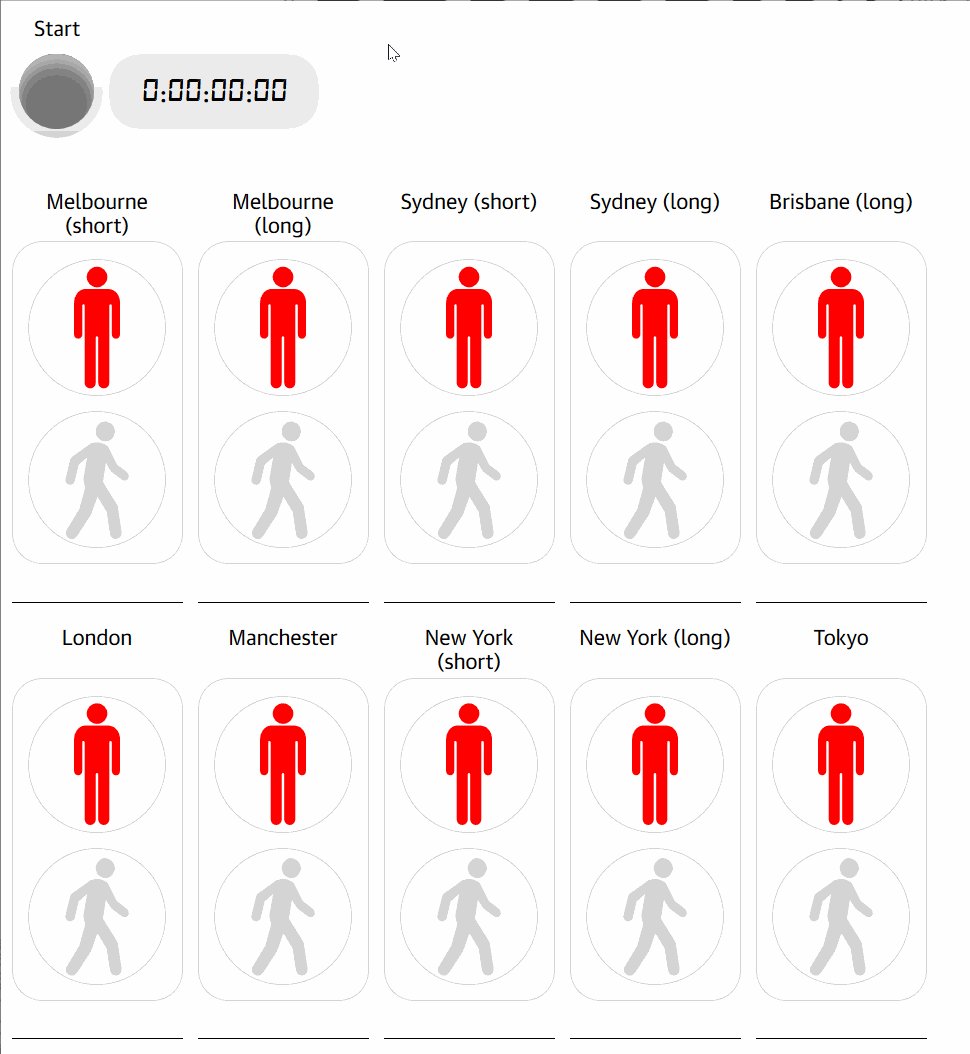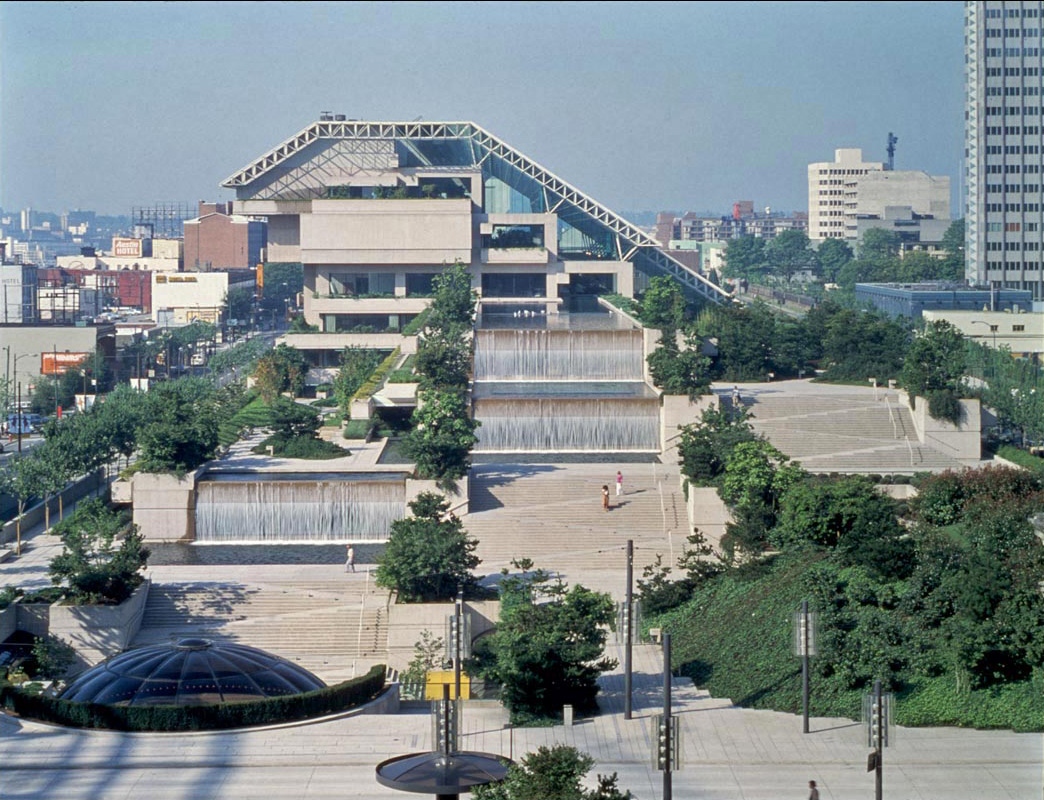
Vancouver Sun’s Dan Fumano talks about an interesting perception with the work of the current Vancouver City Council. Dan was referring to the council report on the “court house block” of 800 block of Robson Street and the potential decision to approve over five million dollars to create a permanent plaza at this location. You can read the report to Council on this here.
This has been a long talked about initiative and even the architect for the Robson Square court house Arthur Erickson had discussed the closure of this portion of street in the 1970’s. It is not a new idea and it is not something that the previous Vision party dominated city council dreamed up. But somehow in the last decade there is a sea change in the way that Vancouverites perceive that work initiated by the City is the “vision” of the ruling party, and not the result of careful reasoned work undertaken over the years by city staff, who also embark upon extensive public processes to review and comment upon potential plans and projects.
The last Vision party dominated Council contributed to the perception of council as project mavericks by having Council members talk about projects instead of having experienced City staff explain elements of the projects they would have painstaking detail and knowledge of.
While this may have been a well-meaning strategy to give Councillors more media time, it also contributed to a growing distance between policy and the staff people who were actually working on and charged with implementing the policy. The street closure of the court-house block is a prime example of something that was done to connect the street for pedestrians and cyclists, and was a policy direction, not a political council initiative.
As Dan Fumano observes, the pedestrianization of the Granville Bridge and the extension of the subway along Broadway are not creations of the previous Vision council, but were outstanding work objectives from city staff acting upon previously approved city policy.
Back to the closure of the Robson Square block of 800 Robson Street. You can see a video of broadcaster Jack Webster touring through the Robson Square park in 1978 when the court house’s public spaces were first opened to the public. Mr. Webster mentions that the old court house was sold to the City “for a dollar” and still needed renovation to become a gallery. But in the images you can also see how the street functions as a mall connecting space between the old and the new court houses, and how it lends itself to be rethought as a public space for people not for vehicles. The architect’s intent was that the entire three block area including the 800 block Robson Street portion be closed to traffic. That was architect Arthur Erickson’s vision four decades ago, and a direction that has been explored by city staff over the years.


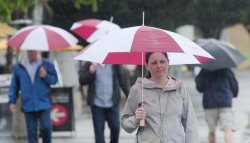
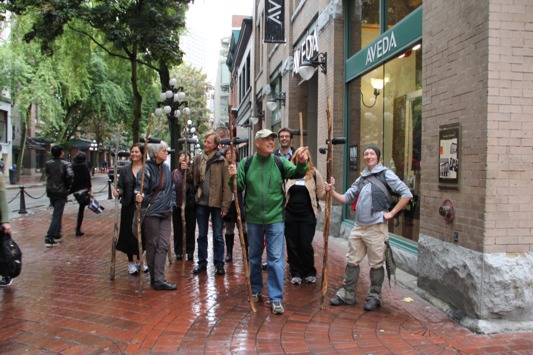

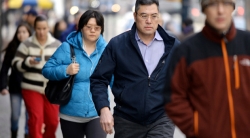

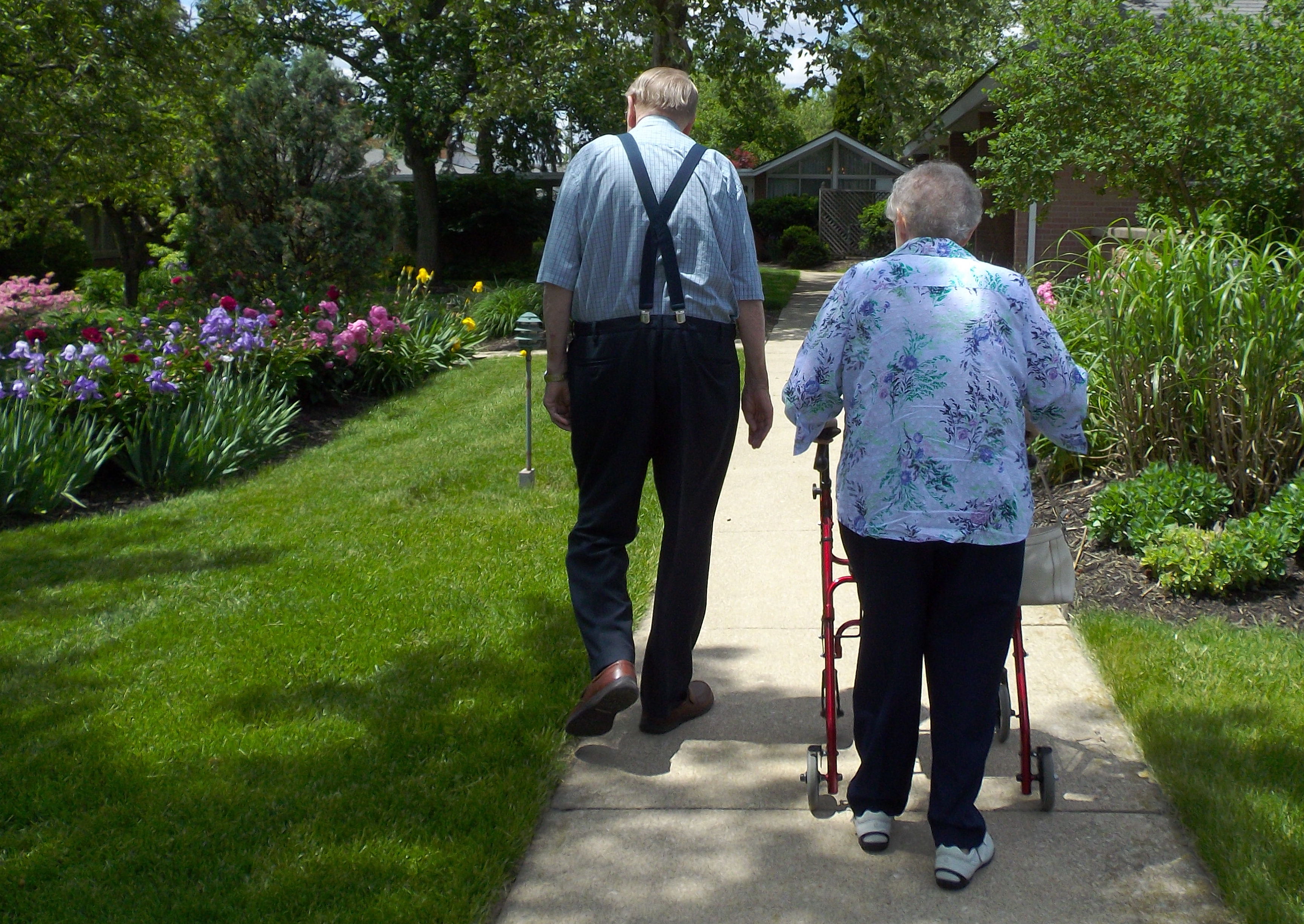
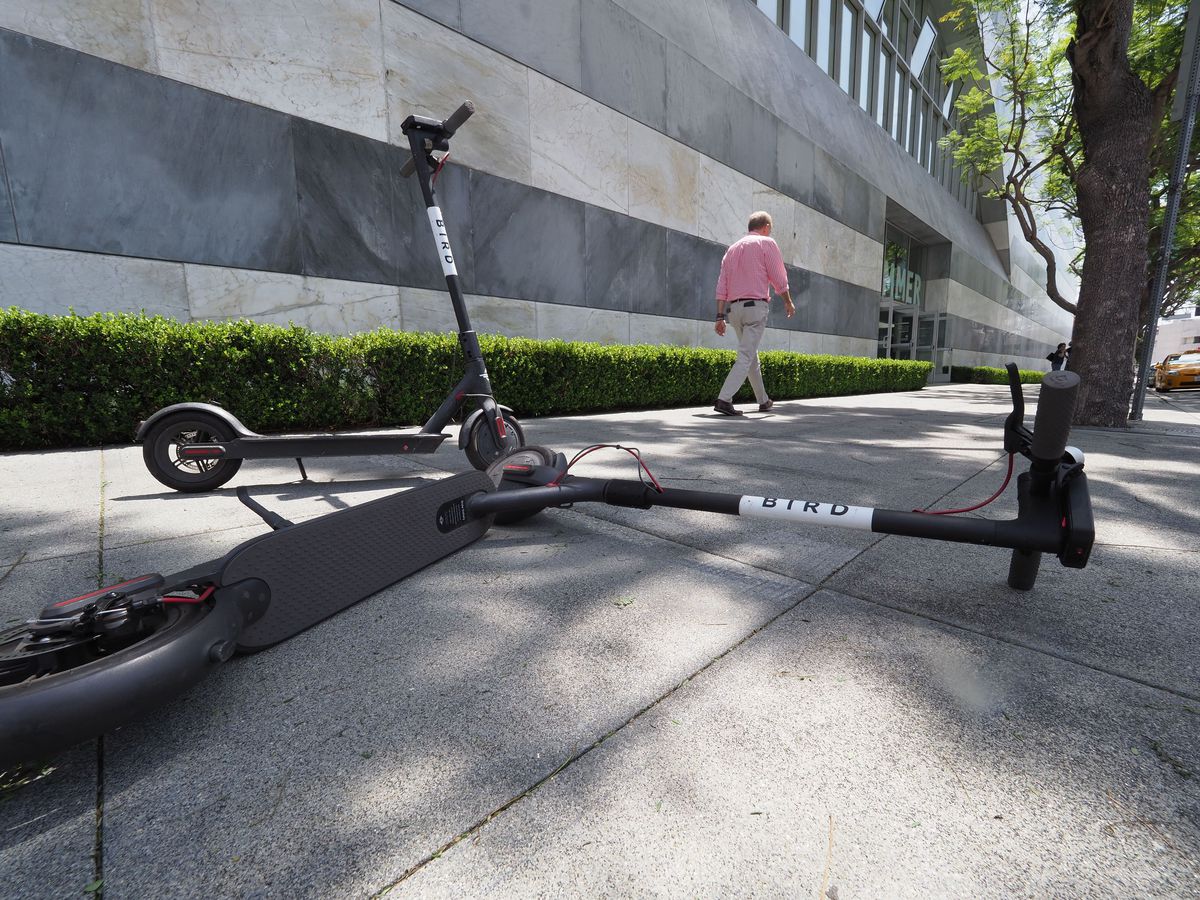
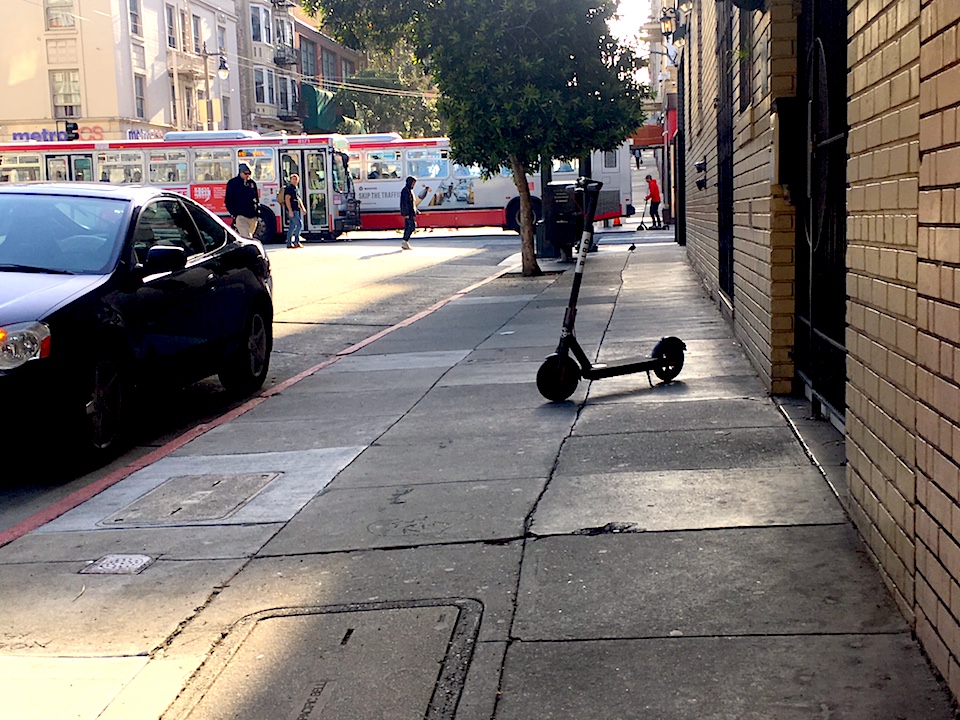 Images Vox.com Hoodline.com
Images Vox.com Hoodline.com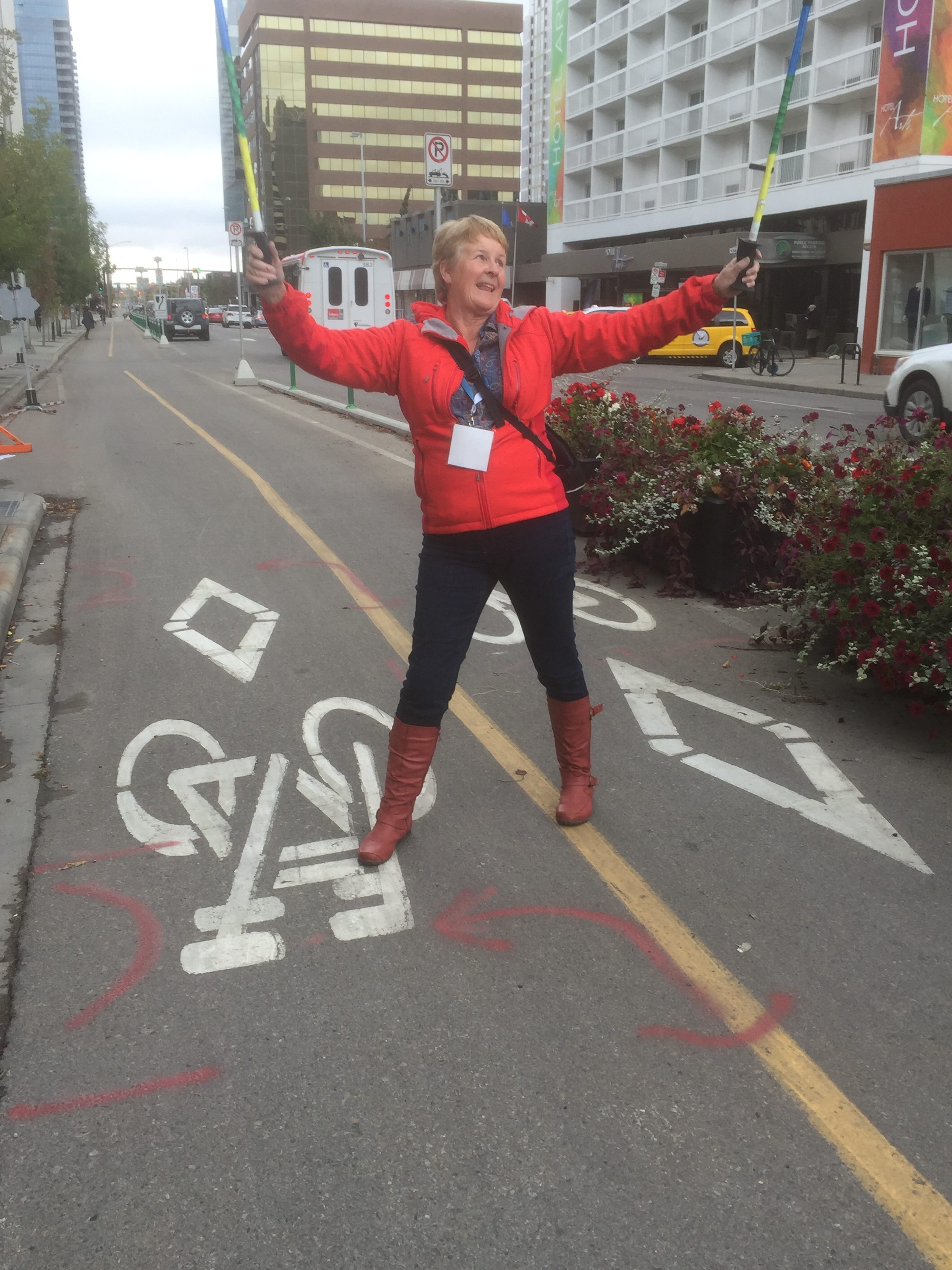


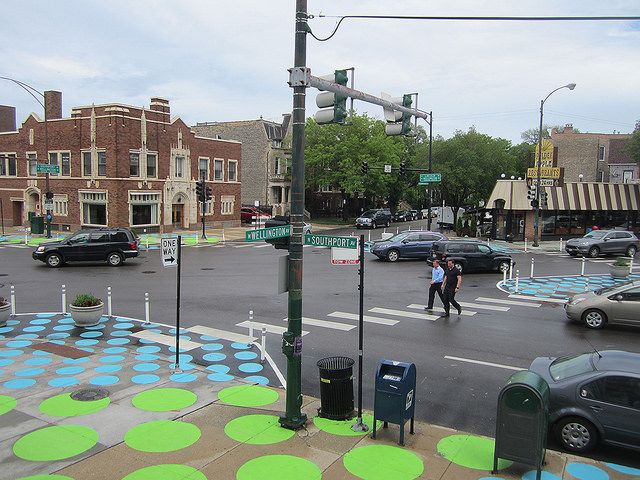
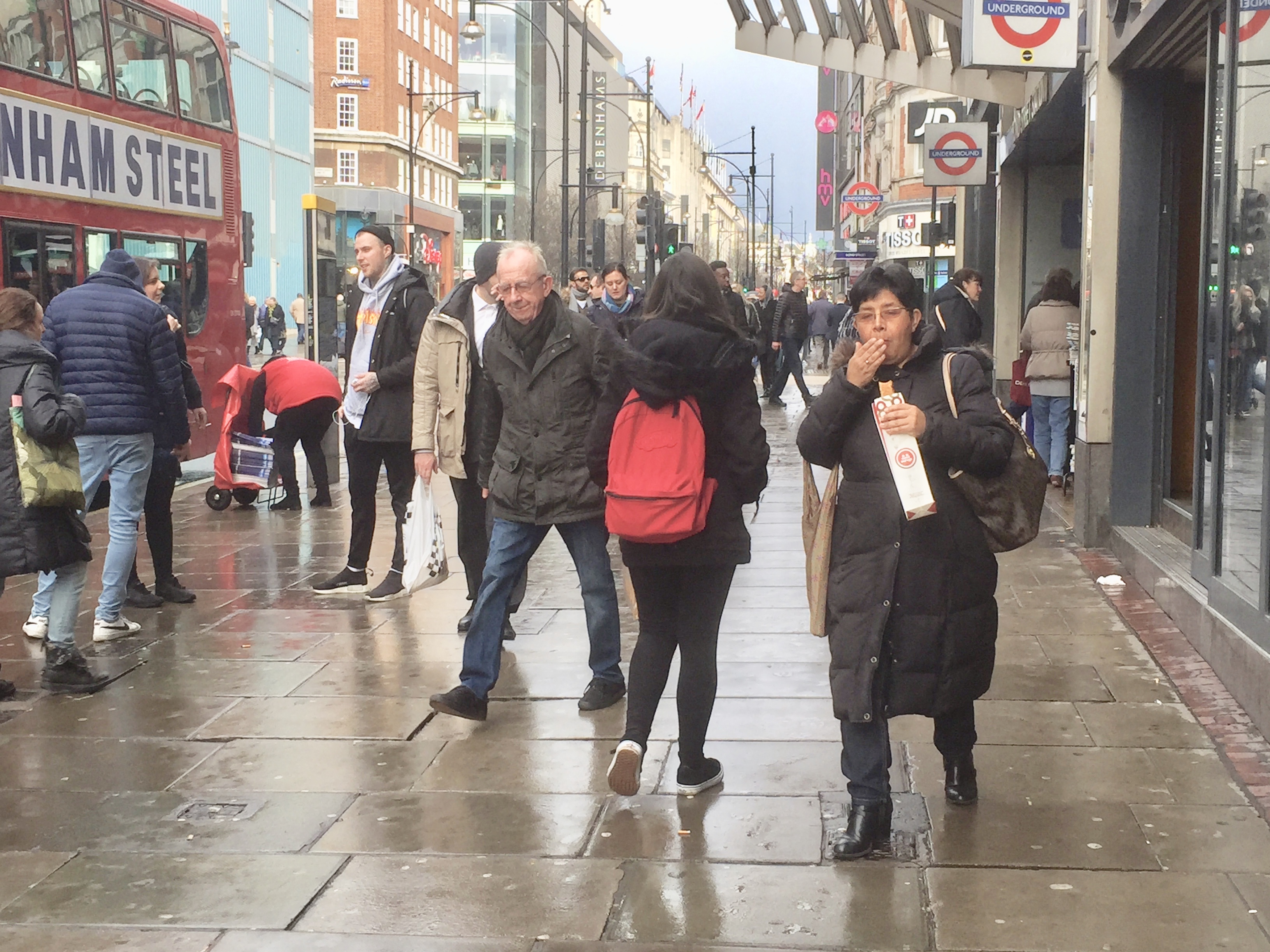


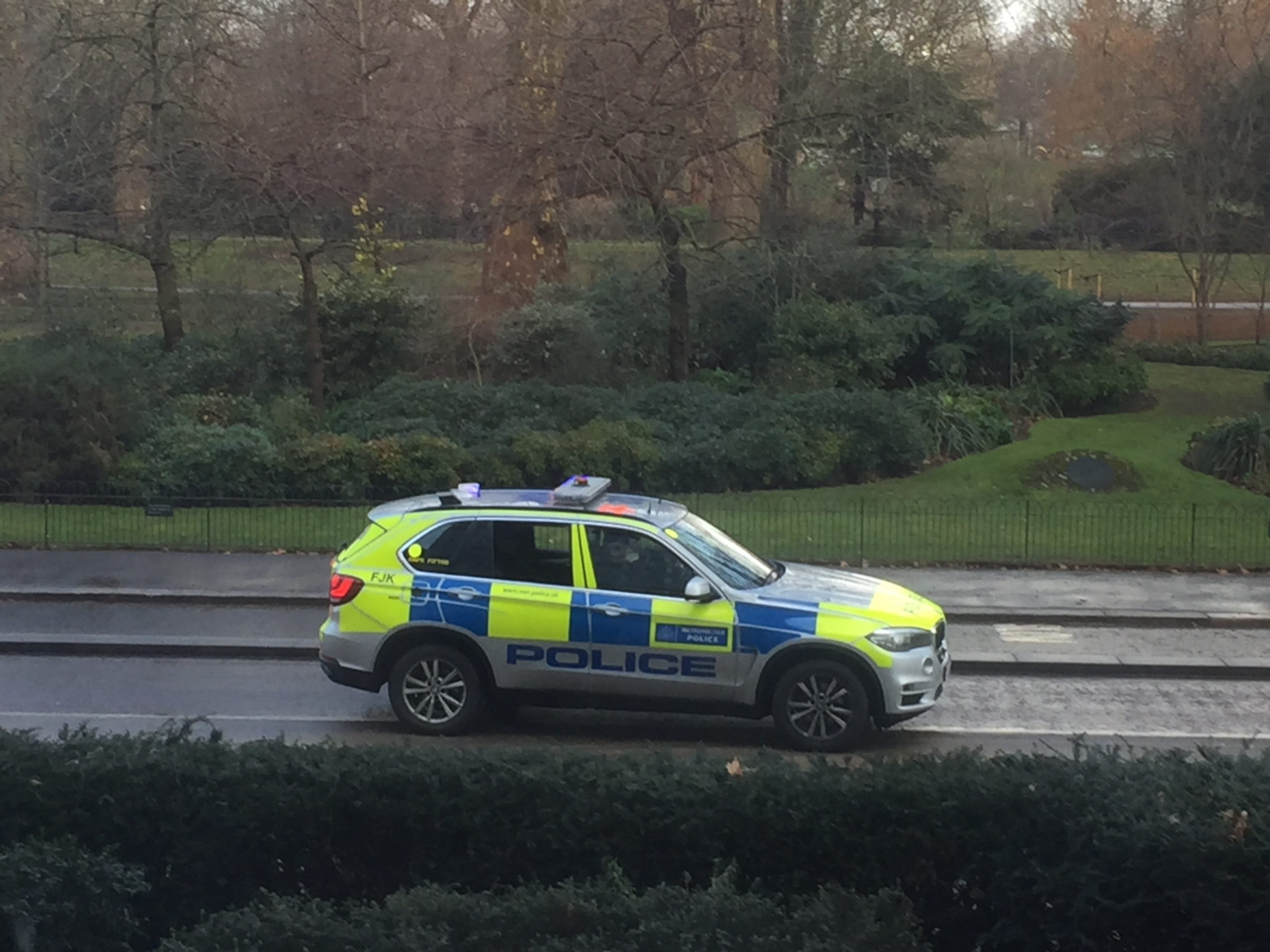
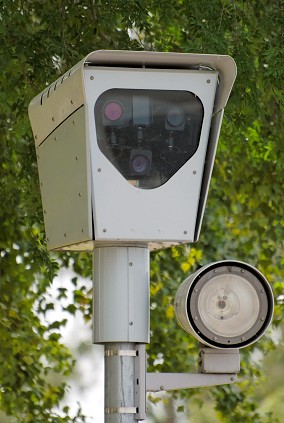
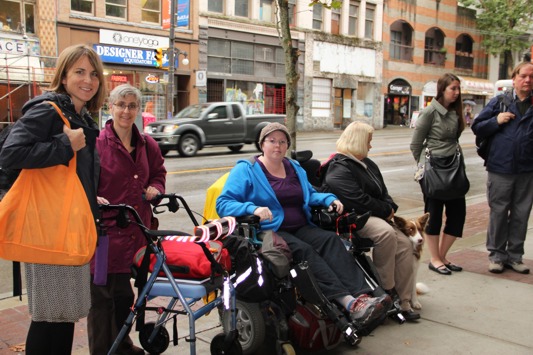


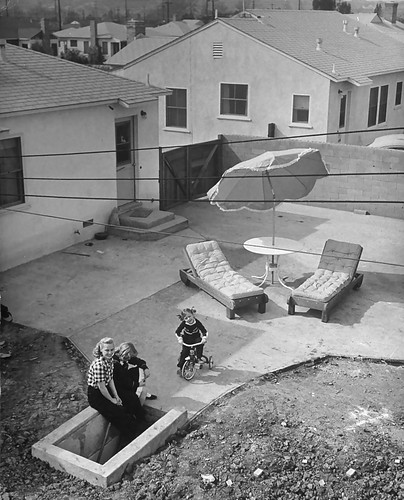

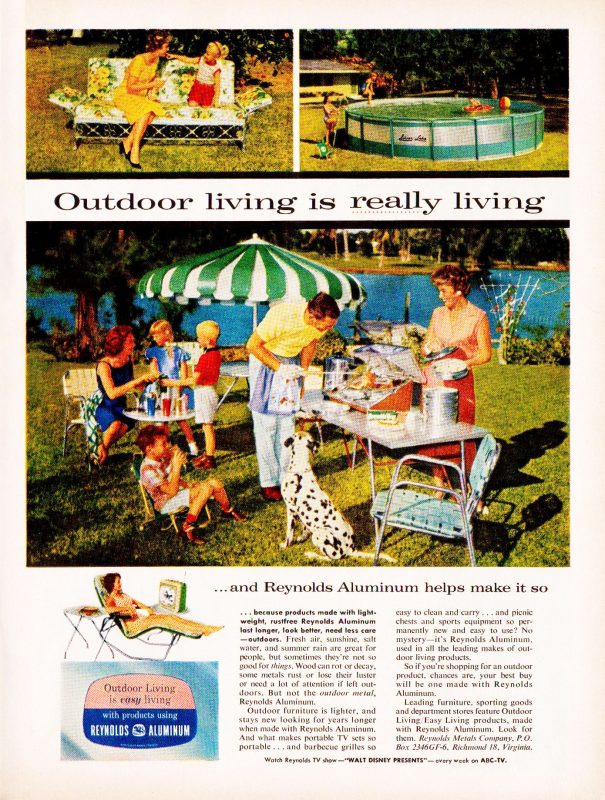
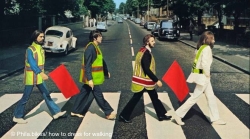
 Image Sandy James
Image Sandy James